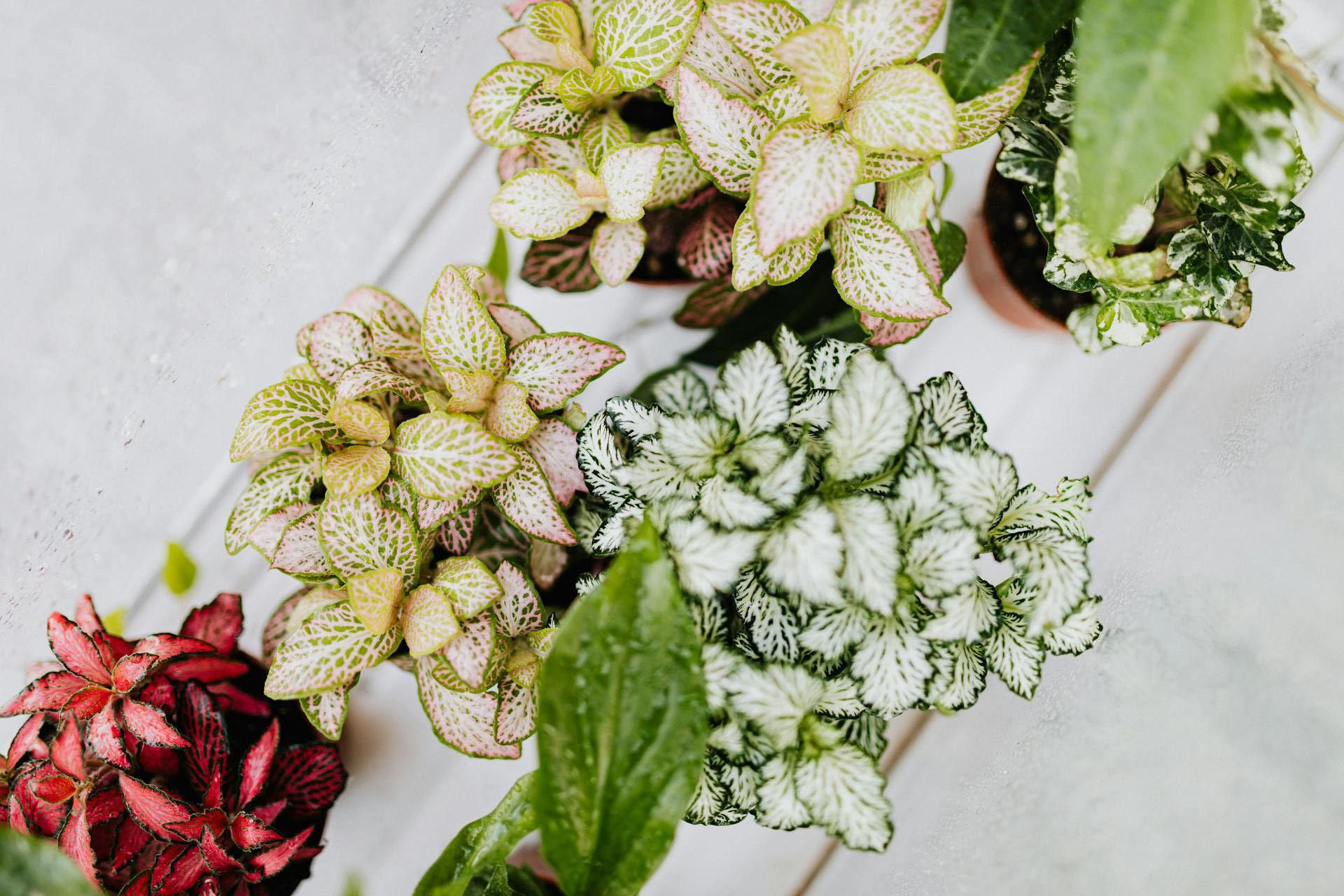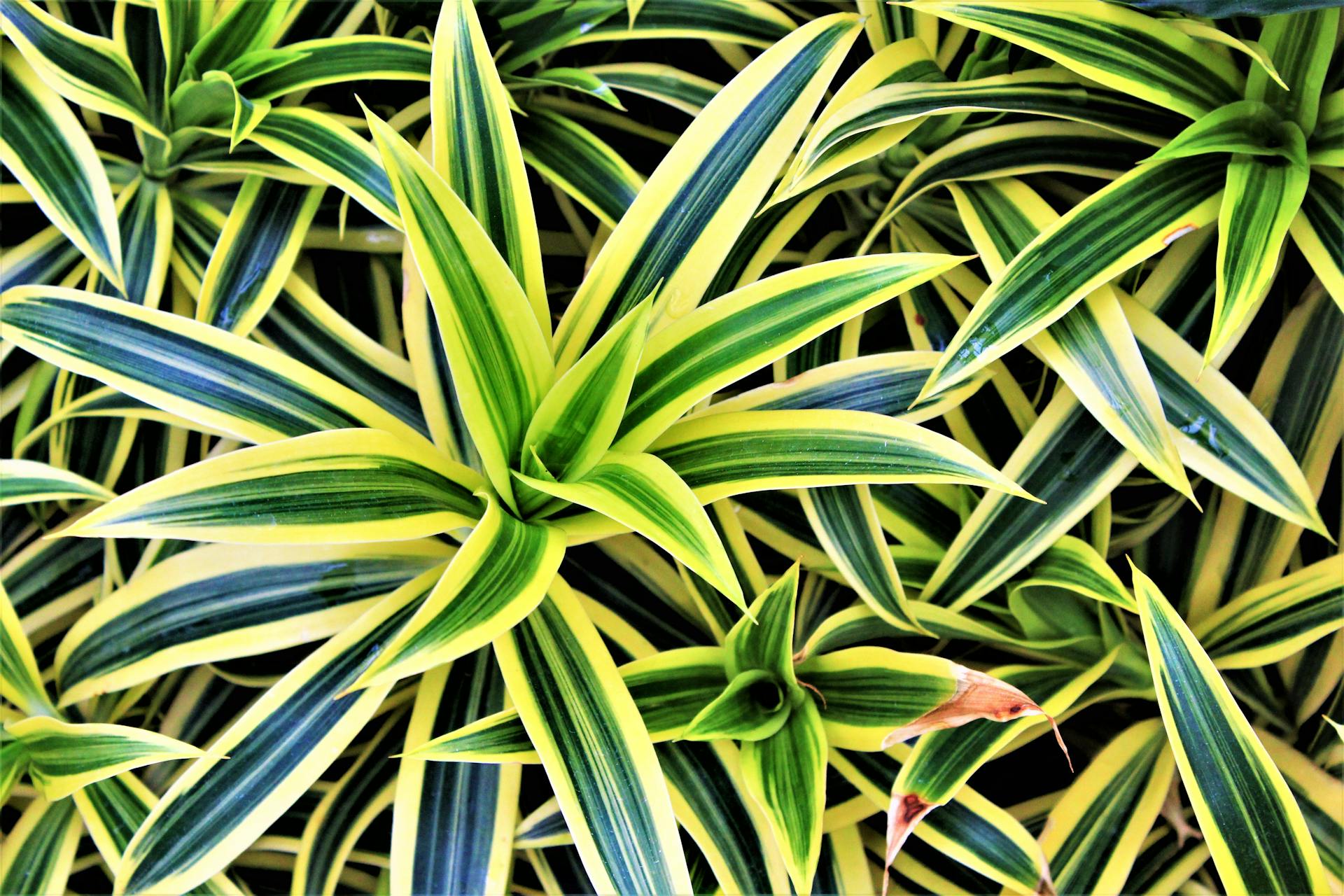Introduction: Why the Polka Dot Plant Deserves a Spot in Your Home
With so many houseplants available, you might wonder what makes the Polka Dot Plant stand out. Is it the vibrant foliage, the ease of care, or perhaps the playful charm that brightens up any indoor space? Whatever it is, this beloved plant has captured the attention of both novice and experienced gardeners alike.
When you first encounter one, it’s hard not to be captivated by its speckled leaves. But this plant is more than just a pretty decoration. It’s resilient, relatively easy to care for, and perfect for adding a splash of color to your indoor garden.
In this guide, we’ll explore everything you need to know about this plant, from its origin and varieties to care tips and common problems. Whether you’re new to houseplants or a seasoned green thumb, this guide is for you.
Table of Contents
- What is a Polka Dot Plant?
- Polka Dot Plant Varieties: A Spectrum of Colors
- How to Care for Your Polka Dot Plant
- Common Problems and Solutions
- Tips for Propagating Your Polka Dot Plant
- Creative Ways to Display Your Polka Dot Plant Indoors
- Polka Dot Plant FAQ
- Conclusion
What is a Polka Dot Plant?
The Polka Dot Plant (Hypoestes phyllostachya) is a tropical species native to Madagascar. It’s prized for its colorful, speckled leaves that come in shades of pink, red, white, and green. These dotted patterns are what give the plant its common name and make it a popular choice for indoor gardeners seeking a pop of color.
Despite its exotic appearance, this plant is incredibly adaptable and thrives in indoor environments. Its compact size—growing to around 10-12 inches tall—makes it perfect for small spaces like shelves, desks, or as a centerpiece.
Polka Dot Plant Varieties: A Spectrum of Colors
This plant comes in several varieties, each offering a unique twist on the classic speckled look:
- Pink Splash: With bright pink spots on green leaves, this variety is one of the most vibrant.
- Red Splash: Known for its red markings, this version offers a bold contrast against its green foliage.
- White Splash: If subtlety is more your style, this variety with white speckles provides an elegant touch.
- Confetti Series: This version combines various colors, often displaying multiple shades on the same plant.
Each variety adds something special to your home, and you can experiment with different colors to see which one best complements your décor.
How to Care for Your Polka Dot Plant
Now that you’re familiar with the different varieties, let’s dive into how to care for this plant. You don’t need to be an expert to keep it happy, but understanding its needs will ensure vibrant, healthy foliage.
Light Requirements
The Polka Dot Plant thrives in bright, indirect light. While it enjoys plenty of light, too much direct sunlight can cause the colors to fade. If you’re growing it indoors, place it near a window with filtered light. In rooms with lower light, the plant may lose some of its vibrancy, but it can still survive.
For best results, rotate the plant every week or two to ensure even growth and exposure to light on all sides.
Watering Schedule
Like many tropical houseplants, this plant prefers consistent moisture but doesn’t like sitting in soggy soil. Water it when the top inch of soil feels dry, and ensure the pot has drainage holes to prevent water from accumulating at the bottom.
During the summer months, it may need more frequent watering, especially if placed in a well-lit spot. In winter, you can reduce the frequency slightly, as the plant’s growth tends to slow down.
A good tip for watering? If you’re unsure, insert your finger into the soil to check for moisture before deciding to water.
Temperature and Humidity
This tropical plant loves warmth and humidity. Keep it in a room where temperatures range between 65°F and 80°F. It also benefits from occasional misting or a nearby humidifier, particularly in dry winter months when indoor air can become arid.
If you notice the leaves curling or becoming crispy, it’s likely due to low humidity. Moving the plant to a more humid environment, like a bathroom or kitchen, can help.
Common Problems and Solutions
Even with the best care, your plant might face a few challenges. Here are some common issues and how to address them:
- Leggy Growth: If the plant is growing too tall and spindly, it might not be getting enough light. Try moving it to a brighter spot and prune regularly to encourage fuller growth.
- Fading Colors: This usually happens when the plant gets too much direct sunlight. Move it to a spot with indirect light to restore its vibrant hues.
- Leaf Curling: This can be a sign that the plant isn’t receiving enough water or humidity. Increase your watering routine slightly and mist the leaves regularly.
- Pests: Like many houseplants, this plant can be affected by pests such as aphids, mealybugs, and spider mites. Regularly inspect the leaves and use natural insecticidal soap if needed.
Tips for Propagating Your Polka Dot Plant
One of the joys of owning this plant is how easy it is to propagate. If you want to share the beauty of this plant with friends or create more for yourself, follow these simple steps:
- Choose a healthy stem: Select a stem with at least 2-3 leaves.
- Make a clean cut: Using sharp scissors, cut just below a node (where the leaves attach to the stem).
- Place in water: Submerge the cut end in water, ensuring no leaves are submerged.
- Wait for roots: In a couple of weeks, roots should begin to grow.
- Transfer to soil: Once the roots are about an inch long, plant the cutting in a small pot with well-draining soil.
Propagation is a fun and easy way to grow more plants, and it’s a great project to share with kids or friends who are interested in gardening.
Creative Ways to Display Your Polka Dot Plant Indoors
This colorful plant is not only easy to care for but also a fantastic decorative element. Here are some creative ideas for showcasing your plant indoors:
- Hanging Planters: Hang your plant for a lush, cascading look, especially when paired with other trailing houseplants.
- Terrariums: Thanks to its small size, the plant is perfect for terrariums where humidity levels are naturally higher.
- Color-Coordinated Pots: Play around with pot colors that match the vibrant hues of the plant. A pink-speckled plant in a pink pot creates a fun, cohesive look.
Polka Dot Plant FAQ
1. How big does a Polka Dot Plant get?
It typically grows to about 12 inches tall, though under optimal conditions, it may grow slightly larger.
2. Can I grow this plant outdoors?
Yes, but only in USDA hardiness zones 10-11. In cooler climates, it’s best grown indoors.
3. Is the Polka Dot Plant safe for pets?
Yes, it is non-toxic to pets, making it a great choice for homes with cats or dogs.
Conclusion
The Polka Dot Plant is an easy-to-care-for and visually striking addition to any home. Whether you’re a seasoned plant parent or just getting started, this plant brings color and joy to every indoor garden. By following the simple care tips in this guide, you can enjoy its vibrant beauty for years to come.













